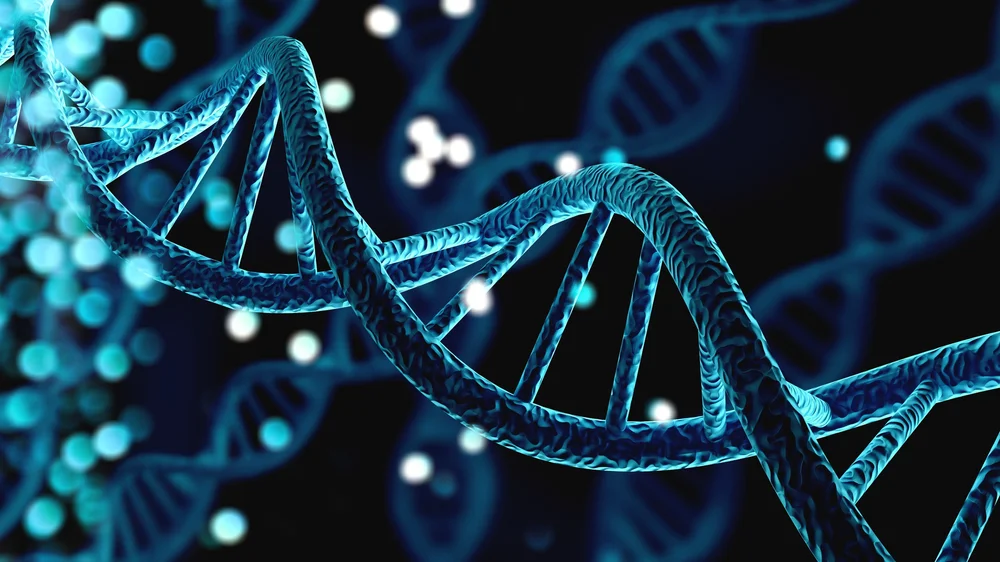Food security is a critical global challenge due to various factors such as climate change, pests, diseases, and resource limitations.

Food security is a critical global challenge due to various factors such as climate change, pests, diseases, and resource limitations. This study aims to develop genetic technologies to enhance the security of food crops by improving their resistance to specific pests and diseases, increasing their tolerance to adverse environmental conditions, and enhancing their nutritional value.
Through a combination of genetic engineering techniques, including gene editing and genetic modification, as well as traditional breeding methods, we targeted specific crops and traits for improvement.
Our findings demonstrate the successful development of genetically modified crops with improved resistance to pests and diseases, increased tolerance to drought and heat stress, and enhanced nutritional content.
The implications of our research are significant for food crop security. The developed genetic technologies have the potential to increase crop yields, reduce the reliance on chemical pesticides, improve food quality and nutritional value, and enhance the global food supply. These advancements contribute to mitigating the challenges of food security and ensuring sustainable agricultural practises.
Gene editing:
Gene editing is a process that involves making changes to the DNA of an organism. To add, remove, or change genetic material, an individual gene or DNA must be changed. This method is used in different industries, such as agriculture, medicine, and scientific research.
CRISPR-Cas9 is one of the most popular editing methods. It stands for clustered regularly interspaced short palindromic repeats, which are segments of DNA. These are segments of DNA in bacterial and archaeal organisms. It is a protein that acts as a molecular scissor by cutting the DNA at a specific location.
Once the DNA is cut, the natural repair mechanism introduces specific changes in the DNA sequence and adds or removes genetic material. The potential uses for gene editing are numerous and varied. It can be utilised in agriculture to develop crops with enhanced characteristics and also offer many opportunities to edit crops so we can grow food crops with a lower environmental impact even as environmental changes affect the productivity of food crops.
Genetic modification:
Genetic modification Introduce DNA from one species to another. GMOs are generally produced when a gene or group of genes are transferred from one species to another. Genetic modification has the potential to improve food security in several ways.
Increased crop production
- Crops can be genetically modified to introduce features that improve their productivity and increase their resistance to pests, disease, and environmental challenges like salt and drought. As a result, agricultural yields rise and food production rises, which ultimately enhances food security.
Increased nutritional value:
- Crops nutritional worth can also be increased through genetic alteration. For example, genes can be added to crops to boost their content of vitamins, minerals, or other substances, improving their nutritional value. This is especially helpful in areas where nutritional deficits are common.
Increased pest and disease resistance:
Crops can be genetically modified to introduce features that increase their resistance to pests and illnesses. Crops can be protected against damaging pests and infections by integrating genes from naturally pest-resistant plants or bacteria, which lowers crop losses and ensures a consistent food supply.
Environmental tolerance:
Crops can be genetically modified to withstand challenging environmental circumstances, including drought, salt, or severe temperatures. Crops become more resilient, lowering the expense and environmental impact of pesticide use and providing natural resistance to pests.
It is important to note that the use of genetic modification in agriculture entails a number of factors, including risk, morality, and safety. In order to ensure the appropriate and beneficial application of genetic modification in enhancing food security, careful regulation, testing, and monitoring are essential.
Genome Association:
One of the various ways to improve crop productivity genetically is to boost crop yields. Grain yield has increased, and genetic advancement has been credited with about 50% of that gain.
Finding genetic variants that can improve agricultural productivity can be done effectively using a technology called genome-wide association (GWA), which is based on large-scale sequencing. Finding the genes responsible for variances in quantitatively inherited features is an essential method.
Under varied stress circumstances, these genes may act in concert to boost grain output. Numerous variables, including the coverage of genetic markers, the sample size, and linkage disequilibrium, affect association mapping studies.
In rice, complex features may be matched to their causative polymorphisms, according to a study combining the sequence-based GWA and functional genome annotation approaches. In the past few decades, maize productivity has increased significantly thanks to modern breeding techniques.
Due to the diversity of the maize crop, a genome-wide genetic variation pattern among different maize lines has been thoroughly investigated. Two candidate genes that were linked to yield-related variables measured under water-stress conditions were found in a GWA maize study.
Conclusion:
In conclusion, genetic technologies play an important role in increasing the security of food crops by improving their resistance to pests and diseases, enhancing their tolerance to environmental stressors, and increasing their nutritional content. These developments enable sustainable food production and contribute to global food security.
The development of genetic technology for enhancing the security of food crops offers hopeful answers to the mounting issues surrounding food security. In order to investigate other crops and traits, improve genetic engineering methods, and address potential issues with biosafety and public acceptance, more study in this area is required. A resilient and sustainable global food system will be made possible by embracing these genetic innovations.